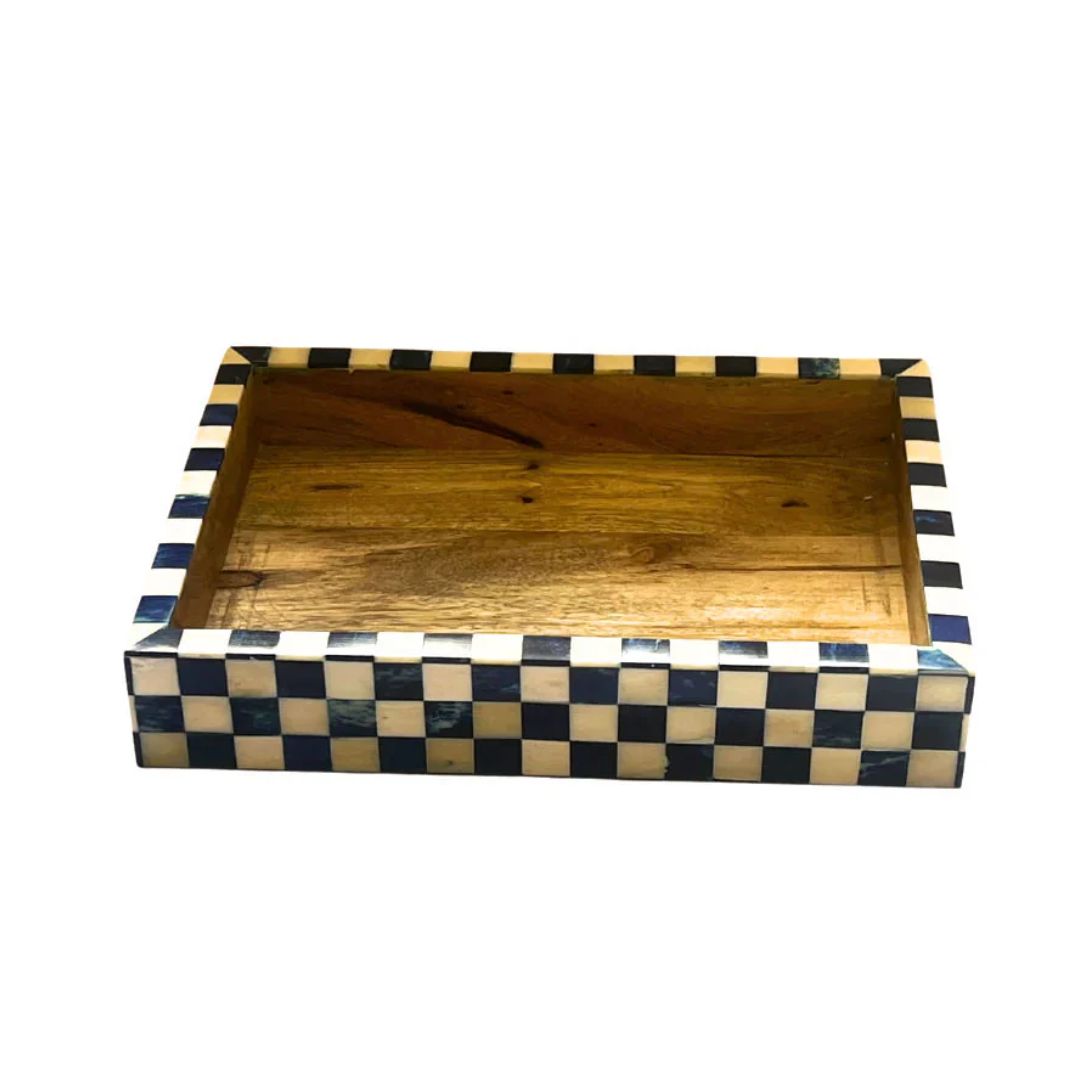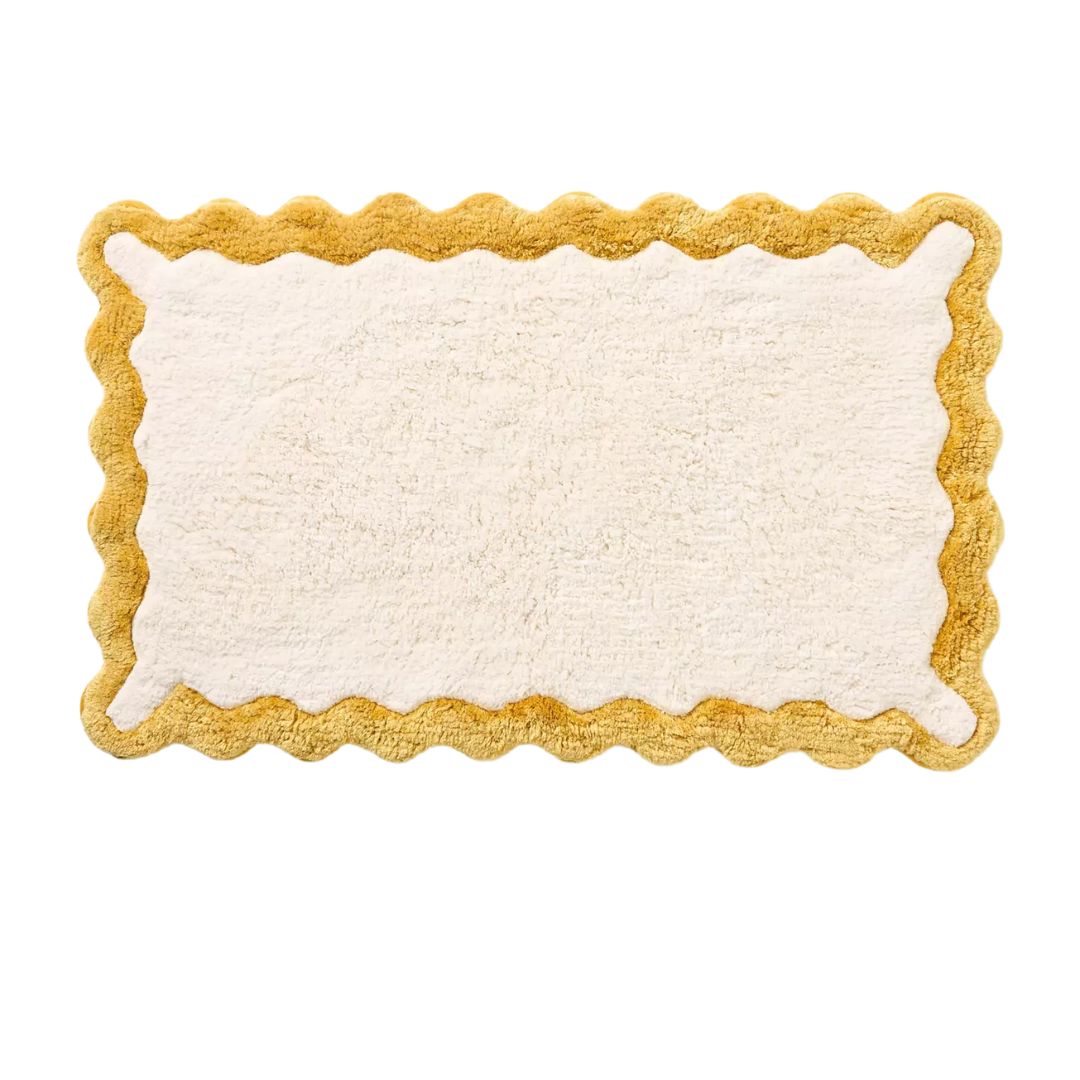'Curved' Showers Are the Emerging Trend in Bathrooms That Makes Your Space Feel Softer and More Welcoming
Designers are using sweeping tiled curves in bathrooms to make for more comfortable showering spaces. Here's how
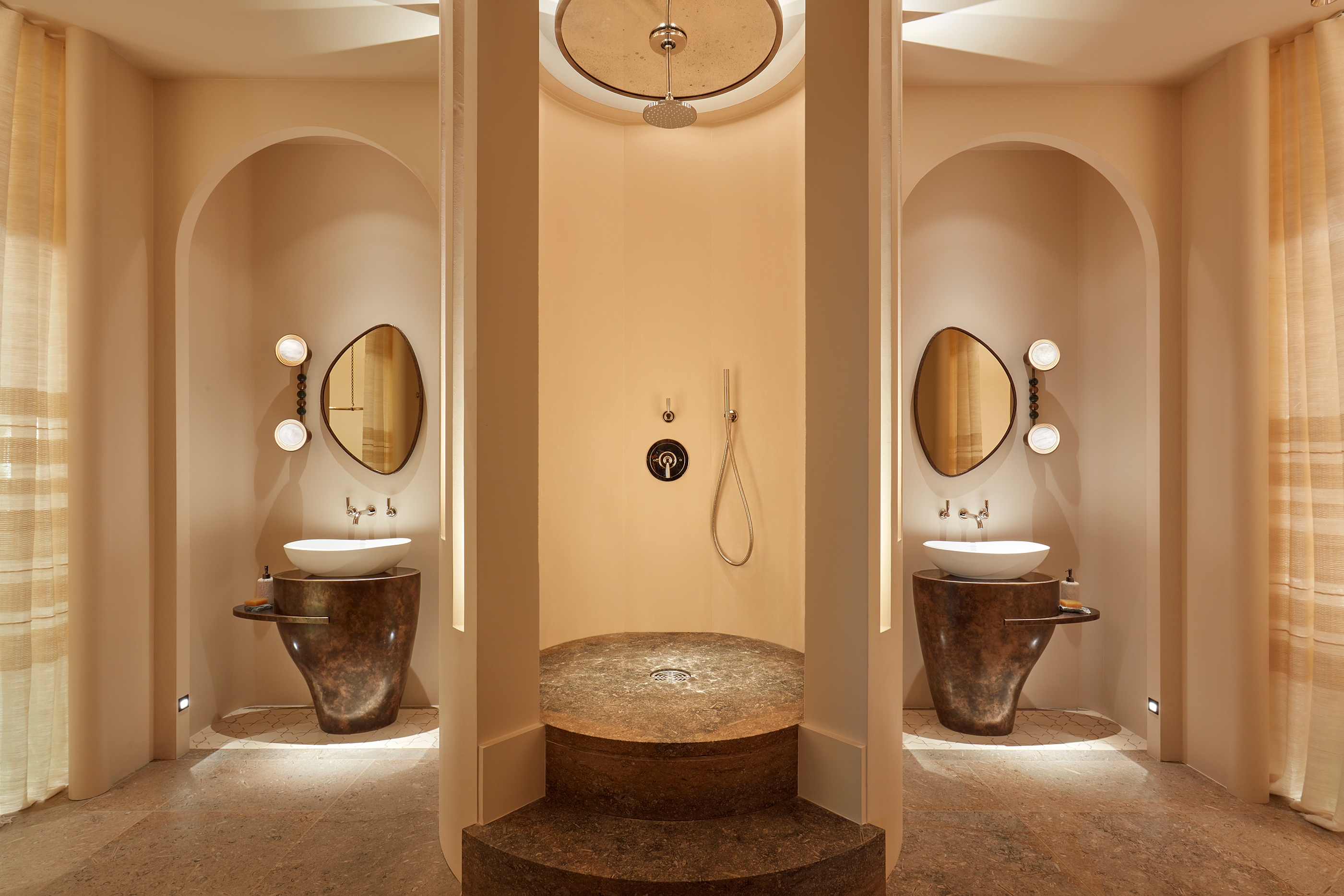
You can’t have missed the trend for curves sweeping across our homes. Think everything from squashy curved sofas, pill-shaped kitchen islands, and arched alcoves to stash your stuff.
Curves are cool, there’s no doubt about it. And next up, the curved trend is making a splash in modern bathroom ideas with soft and sinuous shower walls.
But how to introduce curves and bends in the eau zone, given that our bathrooms are generally a space all about sharp angles and geometric shapes? We’ve looped in the experts to show you why curved shower walls are drenched in style, and the next big learning curve to have on your radar.
1. Create More Space With Curves

There’s so much curve appeal to this all white shower!
There are practical plus points to introducing contours into your shower room — especially if, like many of us, you only have a compact footprint to work with.
Because not only are curved shower walls super chic and elegant, they also create a feeling of spaciousness in your bathroom. That makes this trend spot on for small bathrooms, teeny showers, and awkward corners.
“From a practical standpoint, curved shower walls are ideal for compact bathrooms where a traditional square enclosure might feel too harsh or boxed in,” says Lauren Barker, a designer from Ripples Nottingham. “Curves can also help guide the eye through the space, creating the illusion of more room.”
“If your bathroom layout has awkward angles, tight passageways or the shower sits close to a door or vanity, a curved wall can free up room to move — and feel more open too,” adds Simon Ribchester, head of design at Beams.
The Livingetc newsletters are your inside source for what’s shaping interiors now - and what’s next. Discover trend forecasts, smart style ideas, and curated shopping inspiration that brings design to life. Subscribe today and stay ahead of the curve.

Isabel is marketing director at Quorn Stone, a family business specialising in natural stone and porcelain tiles with nine UK showrooms. She has extensive expertise within the industry, with insights on latest trends and comprehensive product advice.

Simon is head of design at Beams, a home renovation company that helps homeowners and contractors made eco-friendly choices reducing carbon emissions and improving energy efficiency.
2. Use Small Tiles for a Sculptural Look
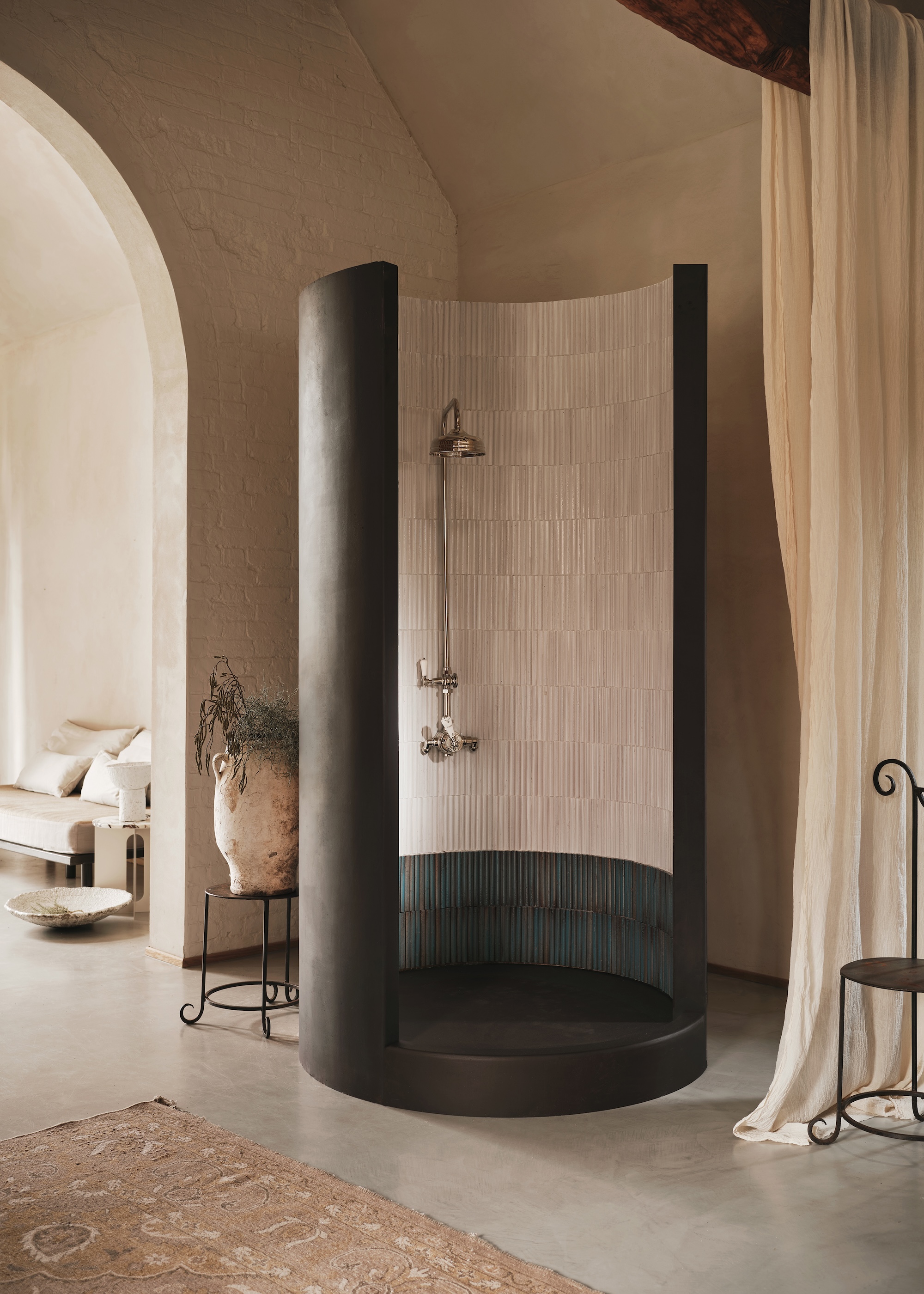
Add a piece of art to your bathroom with a curved, tiled shower.
Curved shower walls can often look like a piece of sculpture in your bathroom. And the best way to enhance the sinuous curves is by laying small-format bathroom tiles across the surfaces.
“Curved shower walls offer a softness that instantly elevates a bathroom, and tiles can enhance this effect beautifully,” says Damla Turgut, founder and creative director of Otto Tiles & Design. “We often recommend Zellige or Bejmat tiles in these spaces, not just for their characterful texture but because their small format makes them ideal for following organic lines”
The result transforms a purely functional area into something expressive and individual.
“A curved shower enclosure has real sculptural presence — it can feel like a piece of art in the room,” agrees Grazzie Wilson, head of creative at Ca’ Pietra. “Mosaic tiles on a sheet have much more flexibility than other tiles and can follow the flow of a wall much more easily.”
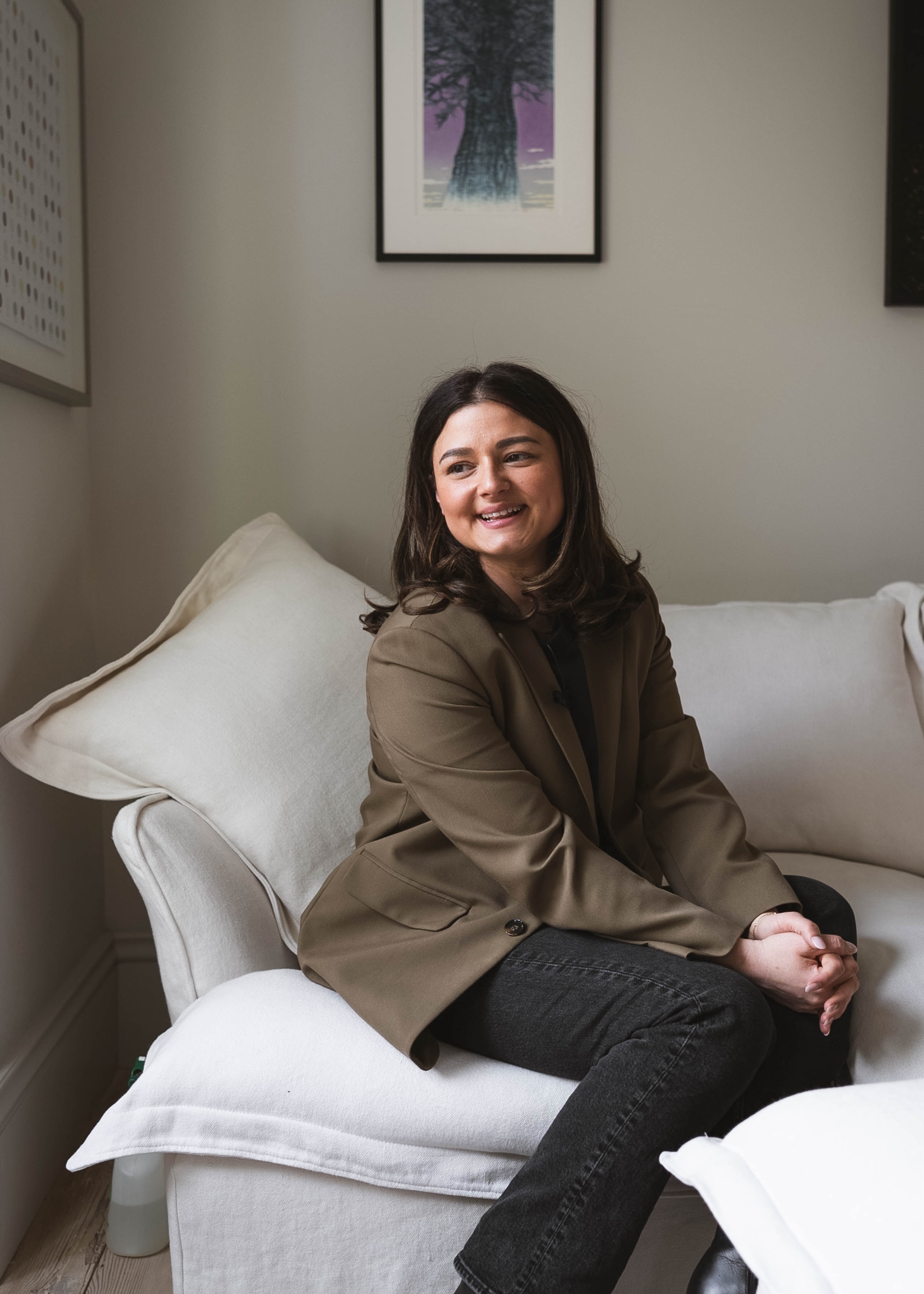
Grazzie has worked in the interiors industry for more than a decade and at leading tile and stone brand, Ca’Pietra, she heads up creative, oversees product collections and the company’s distinctive brand.
3. Instill Calm With Cocooning Curves
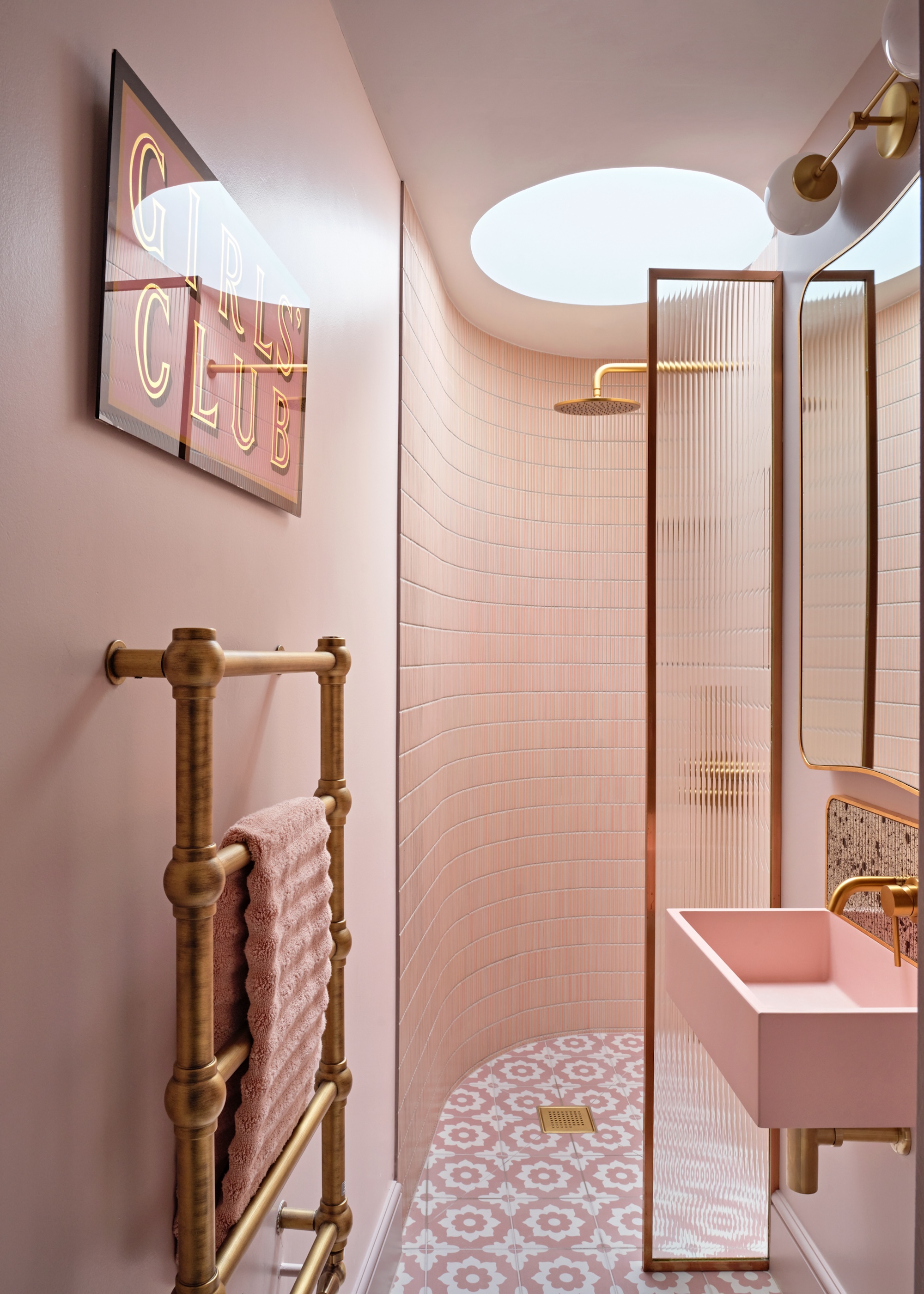
Pretty in pink for this beautiful, curved shower wall.
Designers agree that there is an effortless sense of calm that comes with a curved shower wall.
The softer shape almost feels like a gentle hug and instills a restful ambience to your bathroom, like a spa bathroom.
“The curved shower is a trend we’re seeing gather real pace,” declares Grazzie, “not just because it looks beautiful, but because it transforms the experience of showering. The shape naturally creates a more cocooning feel, evoking the same sense of calm and enclosure you’d find in a spa.”
Opt for natural materials and muted tonal tiles with softer finishes to emphasise the curves, rather than fight with them.
“The client chose blush pink because she wanted something that felt fresh and characterful without being too bold,” adds Grazzie. “It gives just enough colour to make a statement, while keeping it calm and usable day to day.”
Get ready to relax and go with the flow…
4. Add Timeless Appeal and Curves

You’ll never get tired of a curved shower wall…
While curved shower walls might be popping up everywhere at the moment, don’t be put off by thinking this might be a passing trend you’ll get bored of.
Far from it, and in fact, curved features have been around for a very long time, and look set to stay.
“Arches have been used in architecture for centuries," adds Isabel Fernandez of Quorn Stone, “and their resurgence in bathrooms adds a classic yet contemporary touch.”
In her own bathroom, interior designer and stylist Amy Adams wanted to create a luxurious space that felt like it belonged in a hotel, but included her own signature playful twist.
“A bathroom can often feel quite clinical,” adds Amy of No Ordinary Space, “so by reducing the sharp angles and adding a curved shower enclosure, I’ve created a softer shape which feels cocooning and calming.”
The process involved first building a timber stud frame and wrapping it in some flexible ply sheets. The structure was waterproofed and finished with gorgeous marble mosaics from Ca’ Pietra that bend around the curve.
“Grouting was a lengthy process,” she adds, “but the finished design is beautiful and showering feels really spa like.”
FAQs
What Is the Curved Shower Wall Trend and Why Has it Become So Popular?
We’ve had egg-shaped tubs and circular basins, but it’s curved shower walls that are causing a stir in the bathroom.
Here’s why, say the designers.
“Curved forms are gaining traction in bathroom design because they offer an alternative to the rigid geometry that’s dominated for so long,” explains Louise Ashdown, head of design at West One Bathrooms. “A curved shower wall softens the overall layout, but it also responds to how we move through and use a space; it’s more ergonomic, more natural.”
So whether you want to give your bathroom a spa-at-home mood or make the most of a small space, curved shower walls can do it all.
Read on and discover six of the best curved shower walls that the designers are drooling over.
Get ready to add seriously cool curve appeal to your shower experience.
What Tiles Are Best for Curved Walls?
Experts agree that small-format tiles are a good option for curved shower walls. Sheets of mesh-back mosaics are a practical choice for this kind of layout as they’re flexible, easy to work with, and make for a seamless installation. Handmade clay tiles like Zellige and Bejmat tiles add texture and follow the organic lines while neutral tones and delicate hues create a timeless, artisan look. Don’t be afraid to mix tiles, too, say marble pencil-thin mosaics on the walls with a geometric floor tile.
If you want to get on board with the curved shower wall, it’s important to take advice from your builder or bathroom expert. This sort of design requires careful planning from custom ply structures to waterproofing and selecting the right sort of tiles. But the end result will be a truly, design-led space.

